If you’re visiting Ishikawa Prefecture for the first time, you absolutely won’t want to miss these classic spots! We’ve put together an efficient 3-day itinerary that lets you fully experience Ishikawa’s charm, from its beautiful traditional crafts and atmospheric streets to its delicious seafood.
Day 1: Immerse Yourself in Kanazawa’s History and Culture
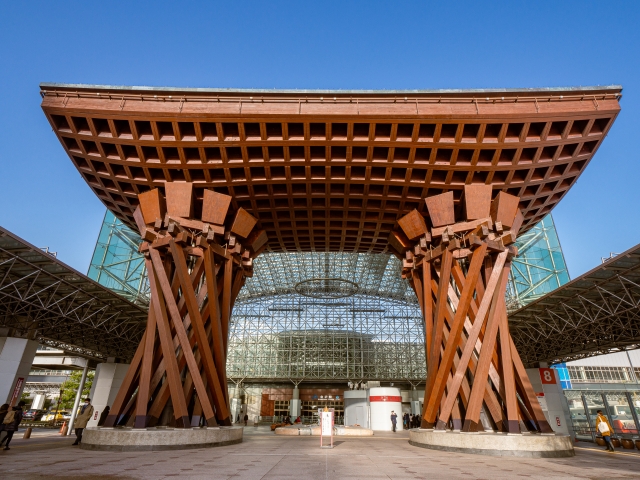
Start your journey from Kanazawa Station and take a leisurely stroll through a city rich in history and culture.
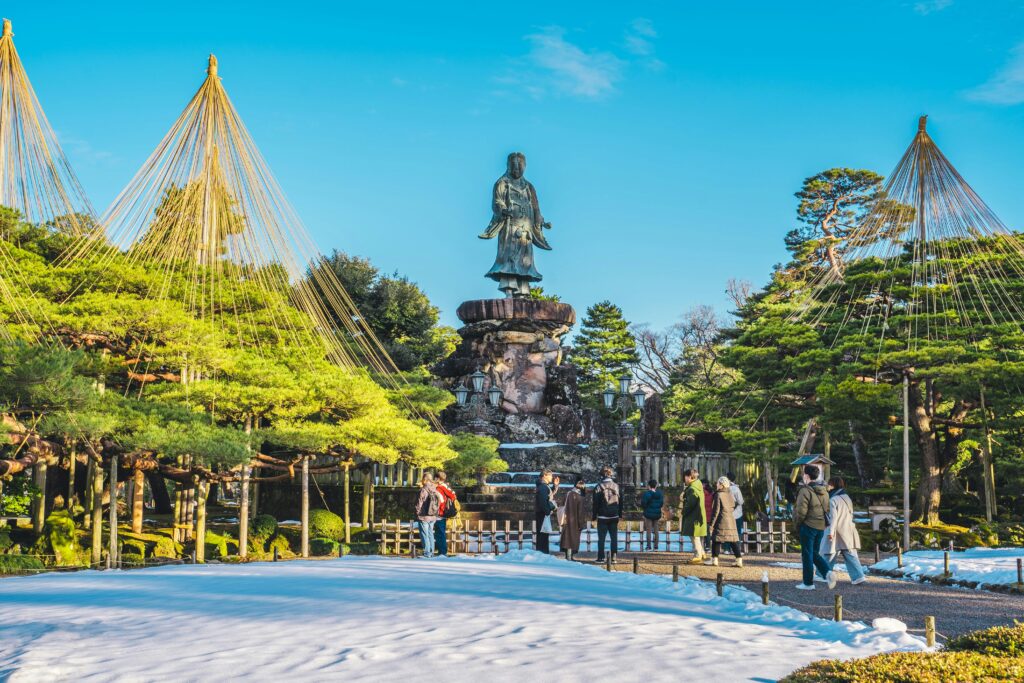
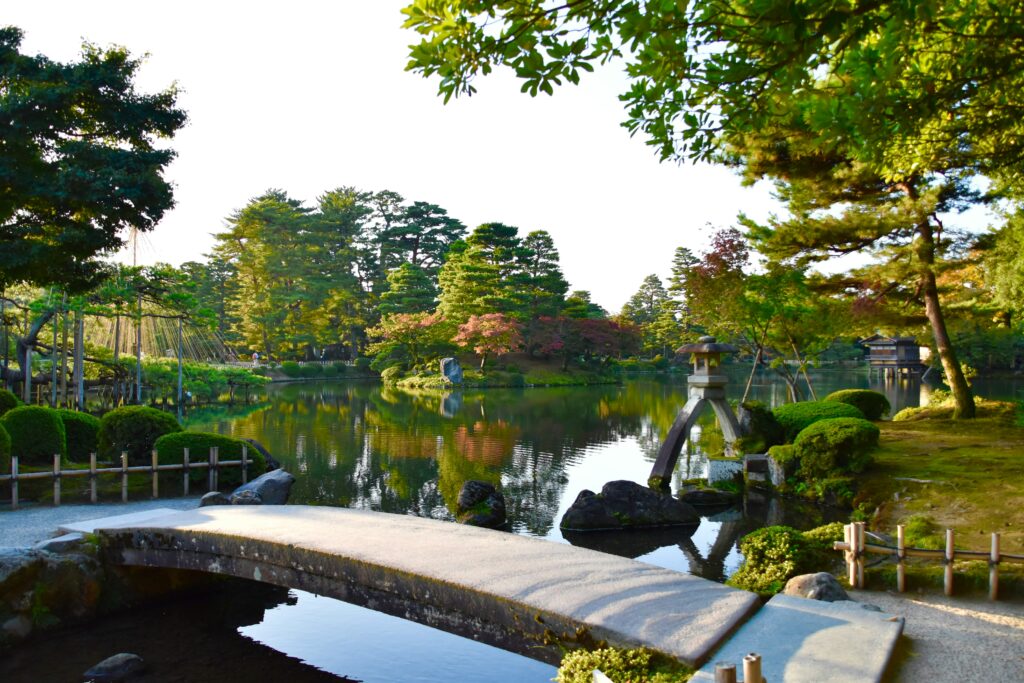
- Morning: Kenrokuen Garden
This stunning Japanese garden is considered one of Japan’s Three Great Gardens and is designated as a Special Place of Scenic Beauty. Its vast grounds feature ponds and artificial hills, offering beautiful scenery throughout the four seasons. Especially in winter, you’ll see “Yukitsuri,” a unique and beautiful technique from this region where ropes are used to support tree branches, preventing them from breaking under the weight of snow. Their artistic appearance is truly a sight to behold. (Approximate time: 2 hours)
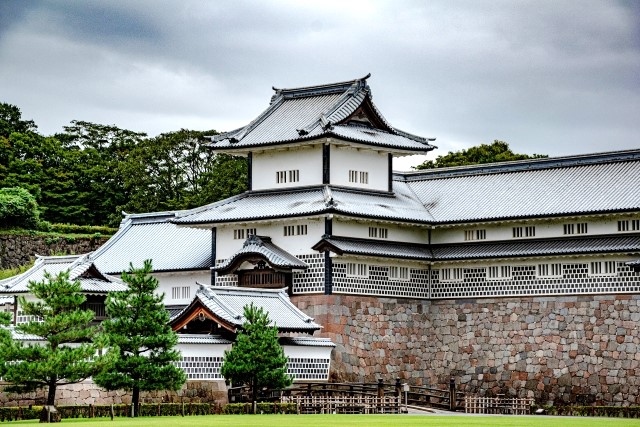
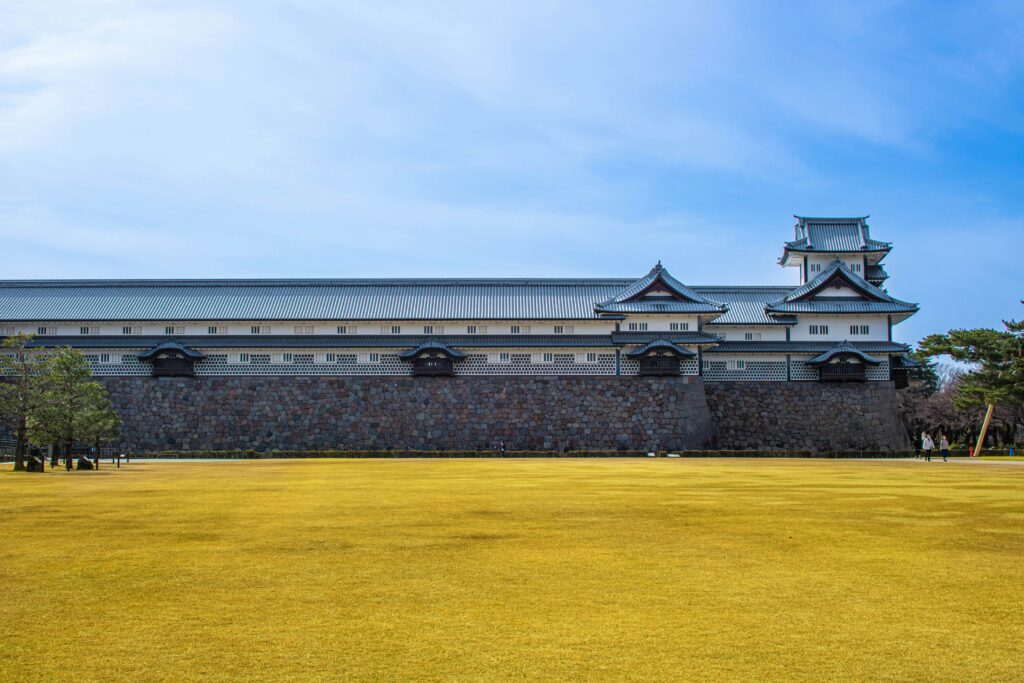
- Afternoon: Kanazawa Castle Park
Adjacent to Kenrokuen, this is the former site of a samurai castle. This was once the domain of the Maeda family, a powerful samurai clan that was historically very influential, often referred to as “Kaga Hyakuman-goku” (meaning a domain producing one million koku of rice, a measure of wealth and power). The vast grounds feature restored buildings from that era, allowing you to truly feel the grandeur of the time and imagine how the samurai lived. Even if you’re not deeply familiar with Japanese history, you’ll surely be impressed by its scale. (Approximate time: 1.5 hours)
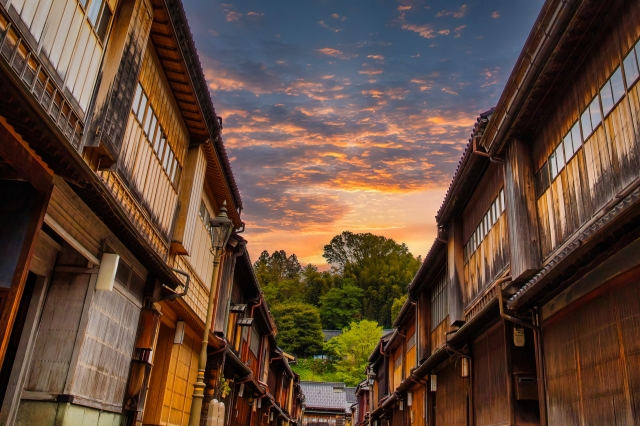
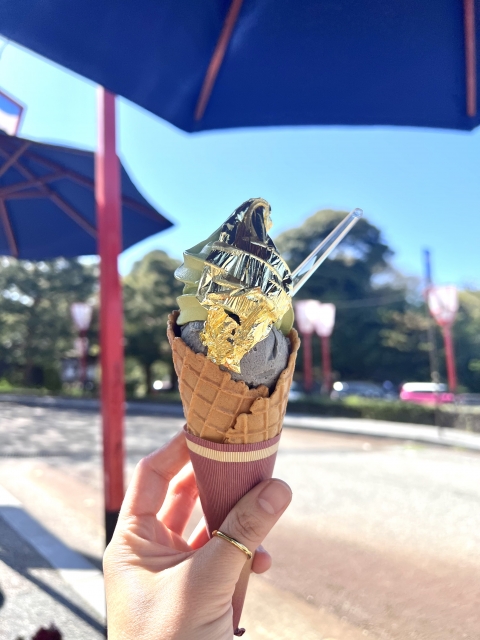
- Evening: Higashi Chaya District
Step back in time as you wander through this charming district, where the atmosphere of the Edo period still lingers. Designated as an Important Preservation District for Groups of Historic Buildings, its traditional wooden houses now house souvenir shops and cafes. We recommend trying a matcha tea experience or buying gold leaf crafts.
【Fun Fact: Why is Kanazawa Famous for Gold Leaf?】
Kanazawa produces over 99% of Japan’s gold leaf. This is largely because the Kaga Clan encouraged the development of unique cultural arts during the Edo period, which increased the demand for fine crafts. Additionally, Kanazawa’s climate, with its abundant water and humidity, was ideal for gold leaf production. If you spot sweets or souvenirs made with gold leaf around the city, be sure to pick one up! (Approximate time: 2 hours)
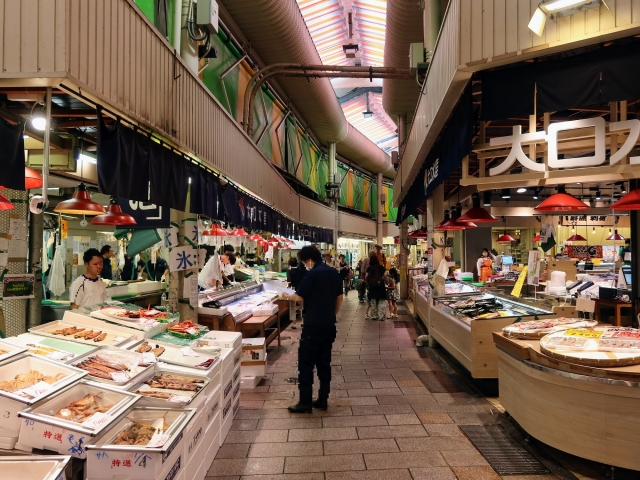
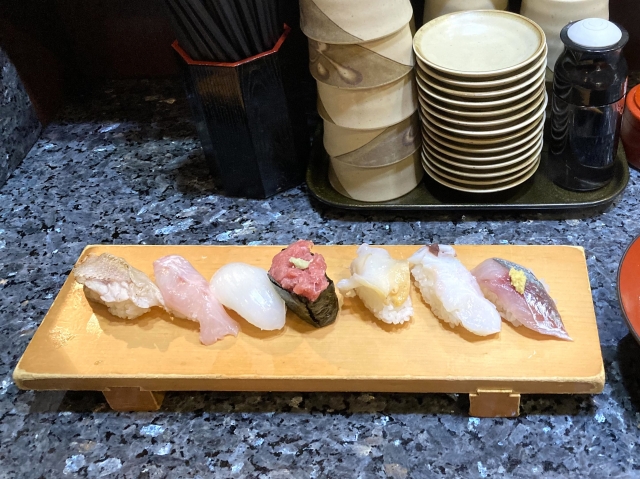
- Night: Dinner at Omicho Market
Known as “Kanazawa’s Kitchen,” this is a vibrant market bustling with activity. You’ll find an abundance of fresh seafood, with sushi restaurants and kaisendon (seafood bowl) shops lining the aisles. At night, it’s lively with tourists, perfect for enjoying a delicious meal.
【The Charm of Ishikawa’s Seafood】 Ishikawa Prefecture faces the Sea of Japan, boasting a rich bounty of seafood caught year-round. Especially in winter, you can enjoy crab and buri (yellowtail), while amaebi (sweet shrimp) and squid are in season from spring to summer. The Sea of Japan’s deep waters and rough waves contribute to firm, flavorful fish with rich fat. Moreover, fish caught with “fixed net fishing” in Toyama Bay arrive at the market incredibly fresh, allowing you to savor seafood at its absolute best. Be sure to try the fresh and delicious seafood! (Approximate time: 1.5 hours)

Day 2: Explore Kaga Onsen Village and the World of Traditional Crafts
Take a short trip from central Kanazawa to enjoy traditional Japanese culture and hot springs.
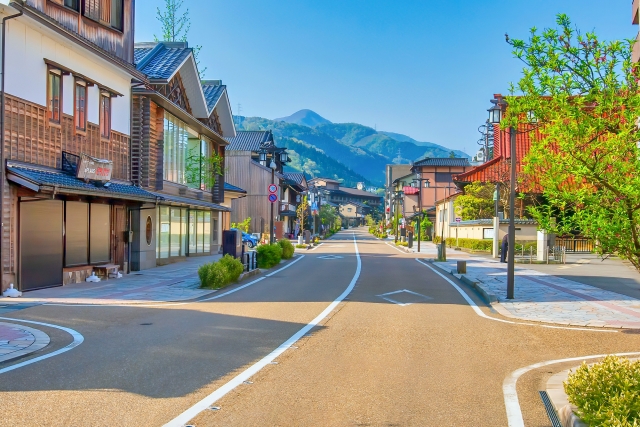
- Morning: Kaga Onsen Village
Located in southern Ishikawa Prefecture, this is a collective term for Yamashiro Onsen, Yamanaka Onsen, Katayamazu Onsen, and Awazu Onsen. Each hot spring town has its own unique charm, and you can enjoy day-trip bathing. Relax, soothe your travel fatigue, and experience Japan’s hot spring culture. (Approximate travel time from Kanazawa Station by train or bus: 30 minutes to 1 hour. Time spent at the hot spring: 2-3 hours)
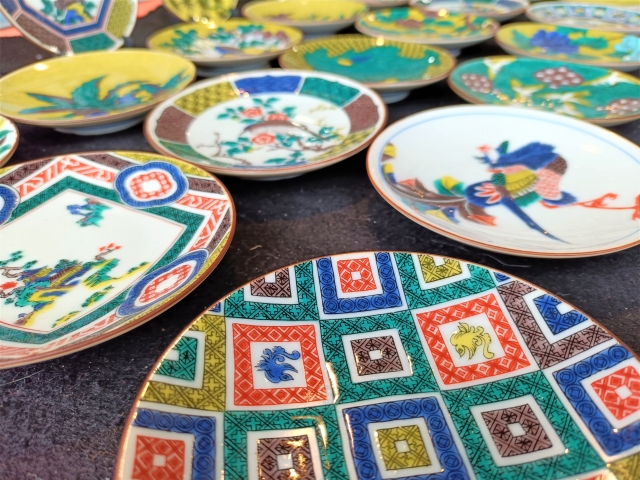
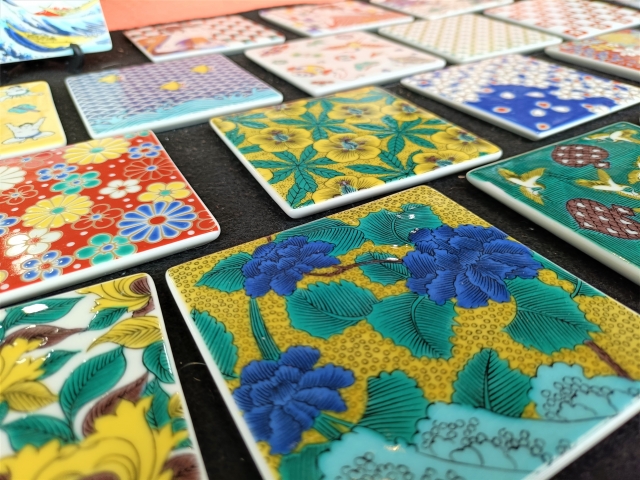
- Afternoon: Kutani Ware Village
The area around Kaga Onsen Village is famous for Kutani Ware, characterized by its vibrant colors and distinctive painting style. Visit a Kutani Ware kiln or museum to appreciate its beauty.
【The Charm of Kutani Ware】 Among Japan’s many types of ceramics, Kutani Ware is particularly known for its “beauty of color.” Using a base of five colors—red, green, yellow, purple, and dark blue (konjo)—the bold and powerful painting that adorns the entire vessel captivates onlookers. The motifs are diverse, including flowers and birds, landscapes, and human figures, each telling a profound story. With its unique vibrancy and presence, Kutani Ware makes for an excellent souvenir. (Approximate time: 1.5 hours)
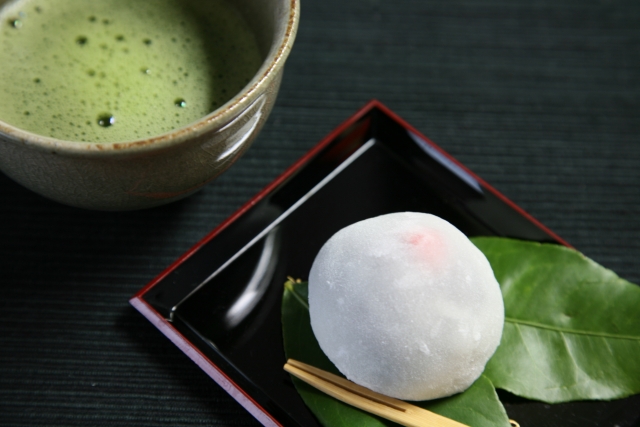
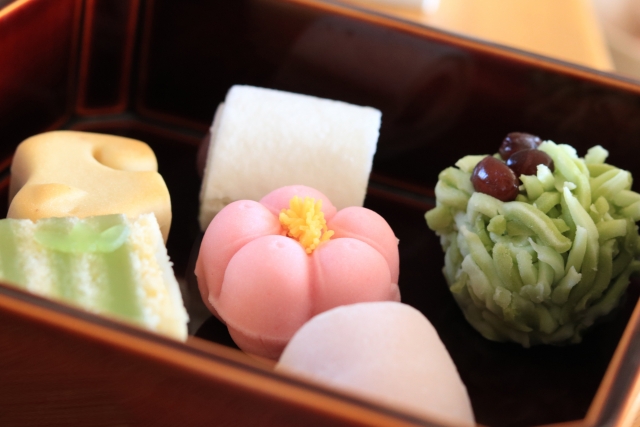
- Evening: Wagashi Making Experience
Kanazawa has a deep-rooted culture of wagashi (traditional Japanese sweets). Trying your hand at making these beautiful and delicate sweets will surely be a wonderful memory. We also recommend enjoying them with matcha.
【The Charm of Kanazawa’s Wagashi】 Kanazawa is one of Japan’s “Three Great Confectionery Regions,” alongside Kyoto and Matsue. While Kyoto’s wagashi developed from the refined culture of the imperial court, Kanazawa’s wagashi evolved due to the Kaga Clan’s encouragement of the tea ceremony. For this reason, “Jo-namagashi” (high-grade fresh sweets), which are served in tea ceremonies and express the changing seasons with delicate artistry, are particularly famous. Kanazawa’s wagashi are like small works of art; you can enjoy their beauty as much as their taste. (Experience in Kanazawa city center. Approximate time: 1.5-2 hours)
Day 3: Experience the Natural Beauty and Charms of Noto
Venture out to the Noto Peninsula in northern Ishikawa Prefecture to experience majestic nature and traditional ways of life.
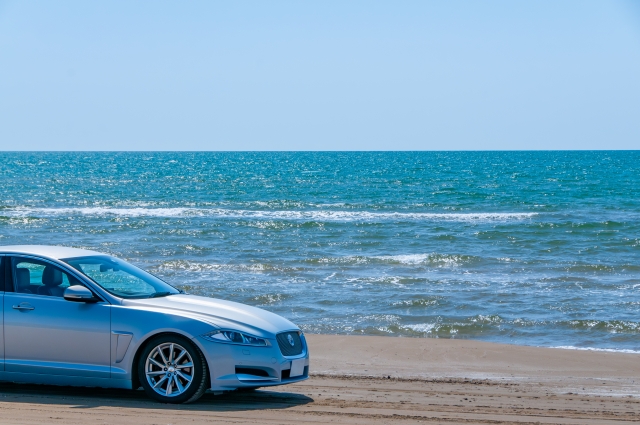

- Morning: Chirihama Nagisa Driveway
This is the only beach in Japan where ordinary cars can drive on the sand. The exhilarating feeling of driving right along the water’s edge is exceptional. It’s a precious experience that allows you to feel the grand nature of Noto. (Approximate travel time from Kanazawa Station by car: 40 minutes. Driving time: 30 minutes to 1 hour)

- Afternoon: Senmaida Rice Terraces (Shiroyone Senmaida)
Located on the Noto Peninsula, these are stunning terraced rice paddies (tanada) that stretch down towards the sea. Countless small rice fields are stacked one above another, resembling the scales of a dragon, which is why they’re called “Senmaida” (meaning “a thousand rice paddies”). This spot, often described as a quintessential Japanese landscape, shows different beautiful faces with each season. It’s especially magical at sunset or during the winter illumination, offering a dreamlike beauty. Here, you can enjoy both a traditional Japanese rural scene and the breathtaking expanse of the Sea of Japan right before your eyes. (Approximate travel time from Chirihama: 1 hour by car. Approximate time spent: 1 hour)
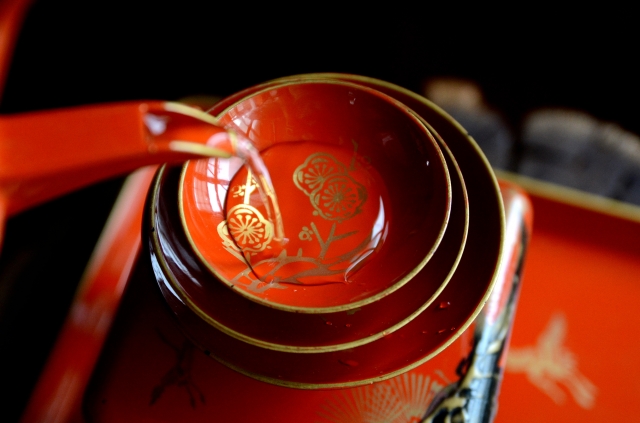
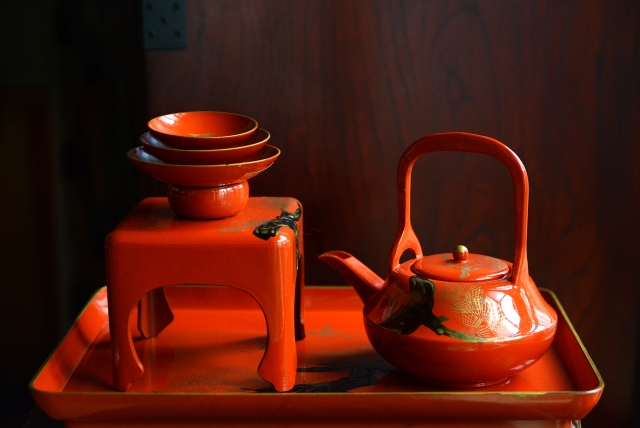
- Evening: Wajima Lacquerware Museum
Wajima Lacquerware is a traditional Japanese craft made using lacquer (urushi). It’s known for its beautiful luster and durability. At the Wajima Lacquerware Museum, you can learn about its history and production process, admire beautiful works, and purchase souvenirs.
【The Charm of Wajima Lacquerware】 Wajima Lacquerware is considered among the finest lacquerware in Japan. Its greatest appeal lies in its combination of “durability and beauty.” The production involves over 100 steps. Notably, the “Nuno-kise” technique, where cloth is applied to the wood base before lacquering, and the “Jino-ko-nuri” technique, which involves applying lacquer mixed with local soil, make the ware exceptionally sturdy and long-lasting. Furthermore, the deep luster created by multiple layers of lacquer and the delicate ornamentation of maki-e (gold and silver designs) are truly a crystallization of Japanese aesthetics. It’s popular for everyday use as well as a special gift. (Immediately adjacent to Wajima Morning Market. Approximate time: 1 hour)
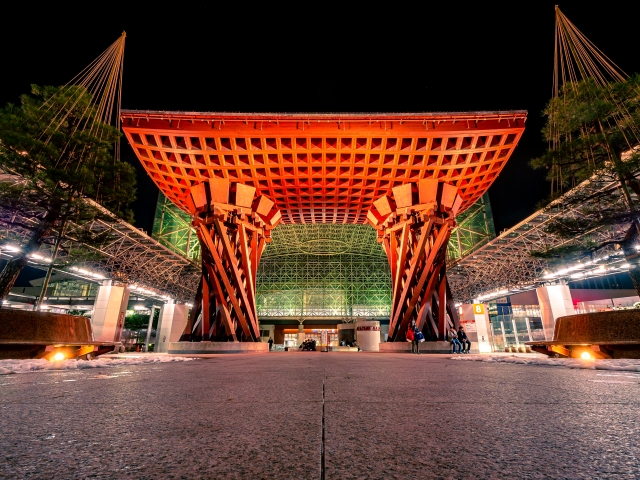
- Night: Dinner near Kanazawa Station, then departure
Return to Kanazawa Station from the Noto Peninsula and enjoy your final dinner. Reflect on your wonderful Ishikawa journey as you relax. (Approximate travel time from Wajima to Kanazawa Station: 2 hours by car)
【About Transportation】
- Within Kanazawa city, walking, local buses, and sightseeing buses (loop buses) are convenient.
- To Kaga Onsen Village, you can take an express train or local bus from Kanazawa Station.
- For the Noto Peninsula, renting a car is the most efficient option, but you might also consider sightseeing bus tours.
We hope this model course provides a wonderful start to your Ishikawa trip!
